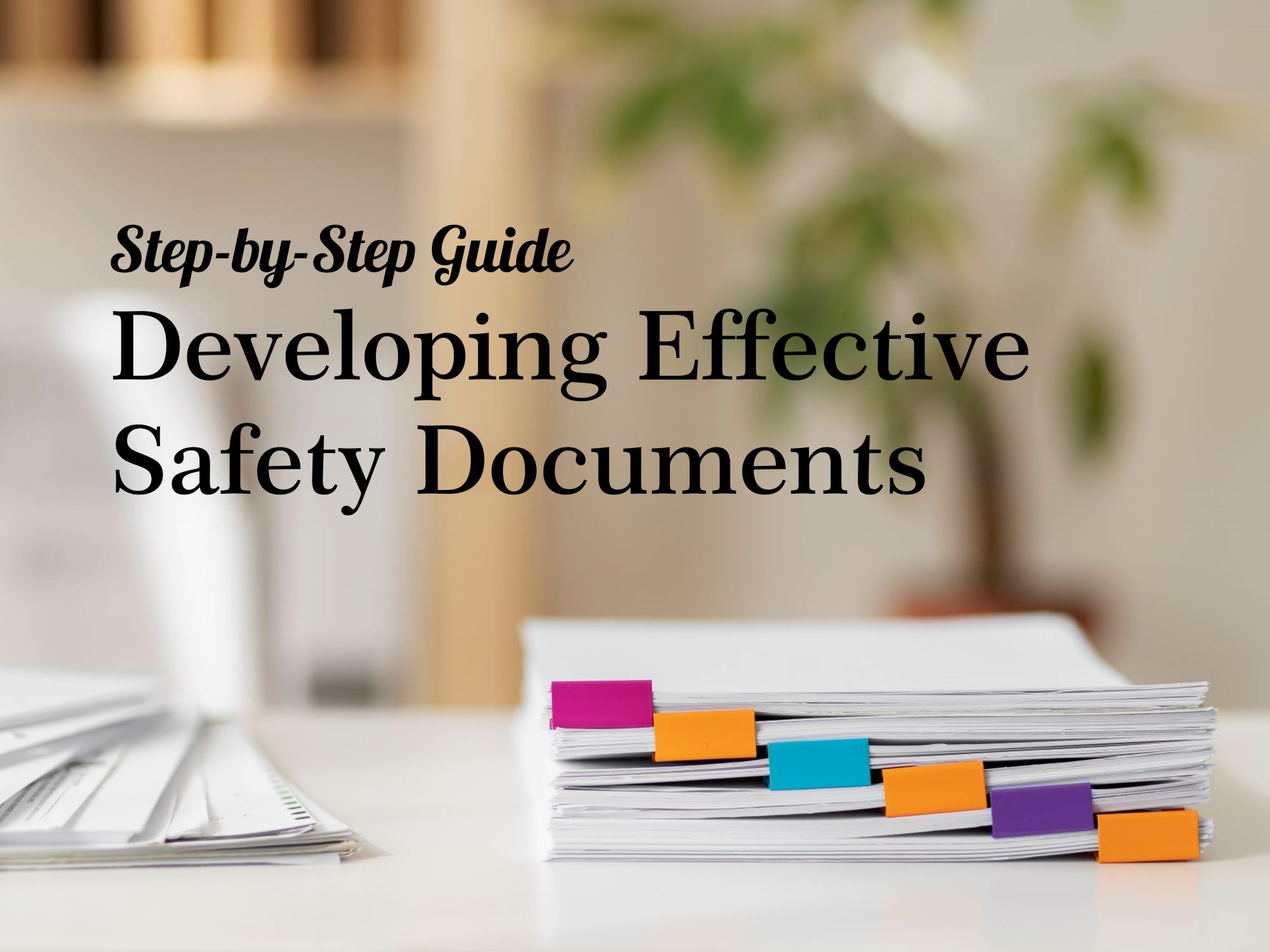Step-by-Step Guide to Developing Effective Safety Documents

HSE documents refer to Health, Safety, and Environment documents, which are used to establish and maintain safe and healthy working conditions. HSE documents can include a wide range of materials, such as policies, procedures, guidelines, and training materials.
Examples of HSE Documents
Some examples of HSE documents might include:
- Health and safety policies: These documents outline the company’s commitment to health and safety and establish the expectations for employee behavior.
- Emergency procedures: These documents outline the steps to be taken in the event of an emergency, such as a fire or medical emergency.
- Risk assessments: These documents identify potential hazards in the workplace and recommend controls to mitigate those risks.
- Safe work procedures: These documents outline the steps to be taken when performing a specific task or using a particular piece of equipment.
- Training materials: These documents, such as presentations or handouts, are used to educate employees about health and safety topics.
- Safety data sheets (SDS): These documents provide information about the hazards, properties, and safe handling of hazardous chemicals.
HSE documents are important for ensuring the safety and well-being of employees and can help organizations comply with relevant laws and regulations.
Steps to follow when preparing HSE documents
Steps that we typically follow when preparing HSE documents for a project:
- Initial consultation: you need tol discuss your HSE document needs with client in detail to understand the specific challenges and concerns of client’s business.
- Research and analysis: You will conduct research and analysis of industry-specific regulations and best practices to ensure that the documents you prepare for client is compliant and up-to-date.
- Stakeholder consultation: You will consult with relevant stakeholders and subject matter experts to gather input and ensure that the documents you prepare are practical and effective.
- Document preparation: Based on the information gathered in the previous steps, you will begin drafting the HSE documents. You will ensure that the documents are clear, concise, and easy to understand and follow.
- Review and feedback: You will provide the client with a draft of the HSE documents for review and feedback. You will incorporate any necessary revisions based on client’s feedback.
- Finalization and delivery: Once the HSE documents are finalized, you will deliver them to the client in the format of the client’s choice (e.g. electronic or hard copy).
- Implementation and monitoring: You will provide guidance on how to implement and monitor the HSE documents to ensure their effectiveness. You can also assist with any additional training or support that may be needed.

